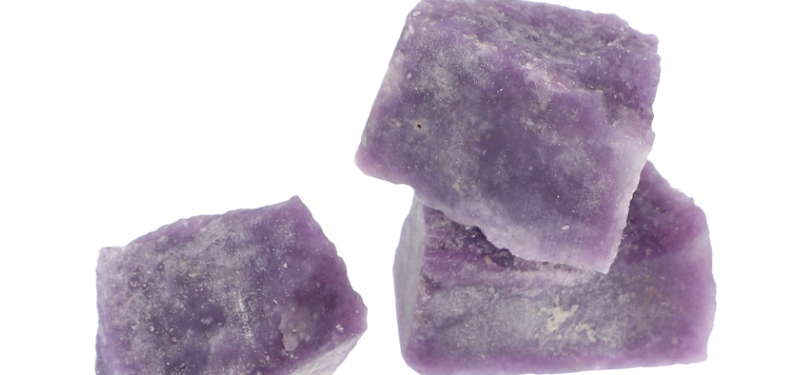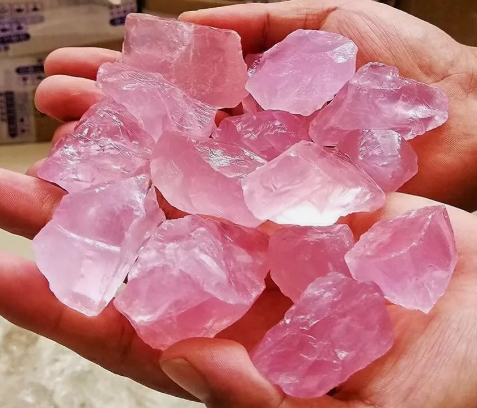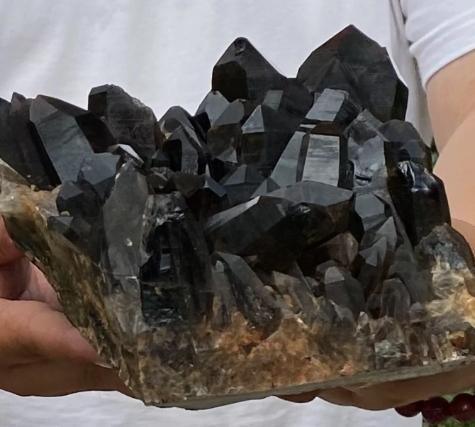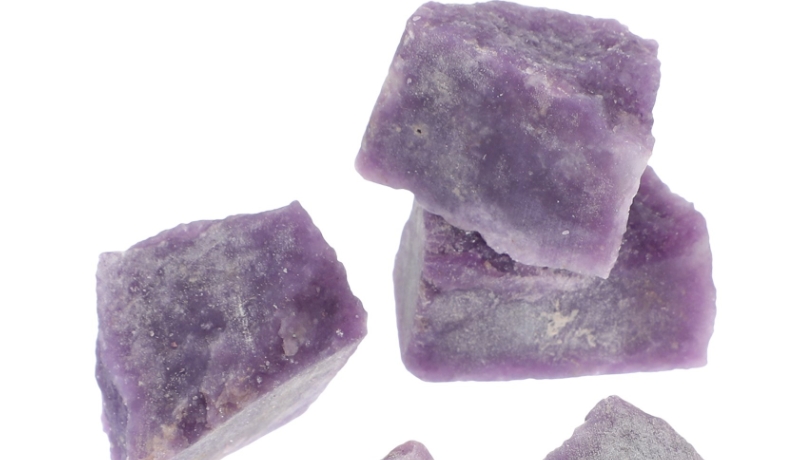Mineral specimens are important objects of geological and mineralogical research, covering samples of various natural minerals on the earth. They not only have scientific value and help us understand the composition and structure of the Earth, but also have a wide range of applications in industry, art and collecting. Mineral specimens are divided into silicate minerals, carbonate minerals, oxides and nitrides according to their chemical composition and crystal structure.
Each mineral specimen has its own unique physical and chemical properties, such as hardness, color, transparency, and crystal form, which make studying minerals an important way to explore Earth's evolutionary history. In addition, mineral specimens also play an important role in mineral resource exploration, through the analysis of minerals, scientists are able to identify and assess the economic value of mineral deposits.
In recent years, with the concept of environmental protection and sustainable development deeply rooted in people's hearts, the study of mineral specimens has gradually expanded to the field of green mining and environmental protection, providing new ideas for the rational development and utilization of resources. In short, mineral specimens are not only the cornerstone of scientific research, but also an important window for human understanding of the natural world.




